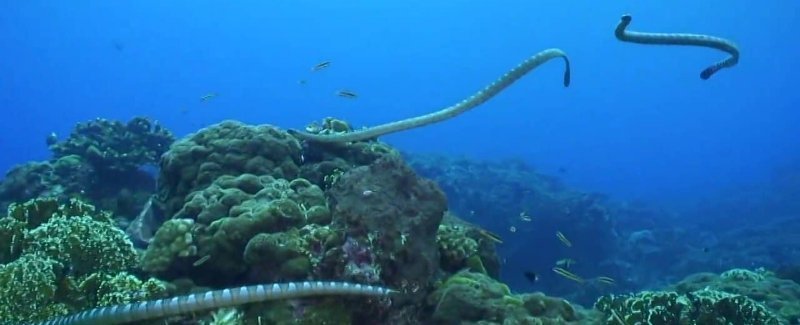Deadly Snake Island
Greg L.
Jan 17, 2019

No humans allowed to the deadly Snake Island
No humans are allowed on Snake Island and with good reason. There's about one lethal snake per square foot on it. About 25 miles off the coast of Brazil, there is an island where no regional would ever dare tread. Legend has it that the last angler who wandered off too near its coasts was discovered days later adrift in his own boat, lifeless in a swimming pool of blood.

The strange island is known as Ilha da Queimada Grande, and it remains in reality so hazardous to set foot there that Brazil has actually made it prohibited for anybody to check out. The danger on the island is available in the form of the golden lancehead snakes-- a types of pit viper and one of the deadliest snakes on the planet.
The lanceheads can grow to be over a foot-and-a-half long and it's estimated that there are in between 2,000 and 4,000 snakes on the island, which unsurprisingly is understood as Snake Island. The lanceheads are so venomous that a human bitten by one might be dead within an hour.

Snake Island is unoccupied now, but individuals utilized to live there for a brief period up to till the late 1920s when, according to legend, the regional lighthouse keeper and his family were killed by vipers that wriggled in through the windows. Today, the navy occasionally visits the lighthouse for upkeep and makes certain no travelers are wandering too close to the island.
Another regional legend claims that the snakes were originally introduced by pirates looking for to secure buried treasure on the island.
In truth, the vipers' existence is the outcome of increasing water level-- a less interesting origin story than paranoid pirates to be sure, however still intriguing. Snake Island used to be part of Brazil's mainland, but when water level increased over 10,000 years back, it separated the landmass and turned it into an island.
The animals that end up isolated on Queimada Grande progressed in a different way from those on the mainland throughout centuries, the golden lanceheads in particular. Since the island vipers had no prey but birds, they developed to have extra-potent venom so that they could almost right away eliminate any bird. Local birds are too smart to be captured by the lots of predators that inhabit Ilha da Queimada Grande and the snakes instead depend on birds who visit the island to rest as food.
Lanchehead snakes
Lancehead snakes, which are the golden lanceheads' mainland cousins, are accountable for 90 percent of all snake bites in Brazil. A bite from their golden loved ones, whose venom is up to five times more powerful, is less most likely to in fact occur due to their island isolation. However, such an encounter is much more likely to be lethal if it does occur.
There are no fatality stats of the golden lanceheads (considering that the only location they live in is cut off from the general public), however, somebody bitten by a routine lancehead faces a seven percent possibility of death if untreated. Treatment does not even guarantee a lancehead bite victim will be saved: there is still a 3 percent mortality rate.
It's hard to picture why anyone would wish to visit a location where an unpleasant death hides every few feet.
Nevertheless, the vipers' lethal venom has revealed potential in helping to combat heart issues, causing something of a black market demand for the venom. For some law offenders, the lure of the cash is incentive enough to risk almost certain death on Ilha da Queimada Grande.

